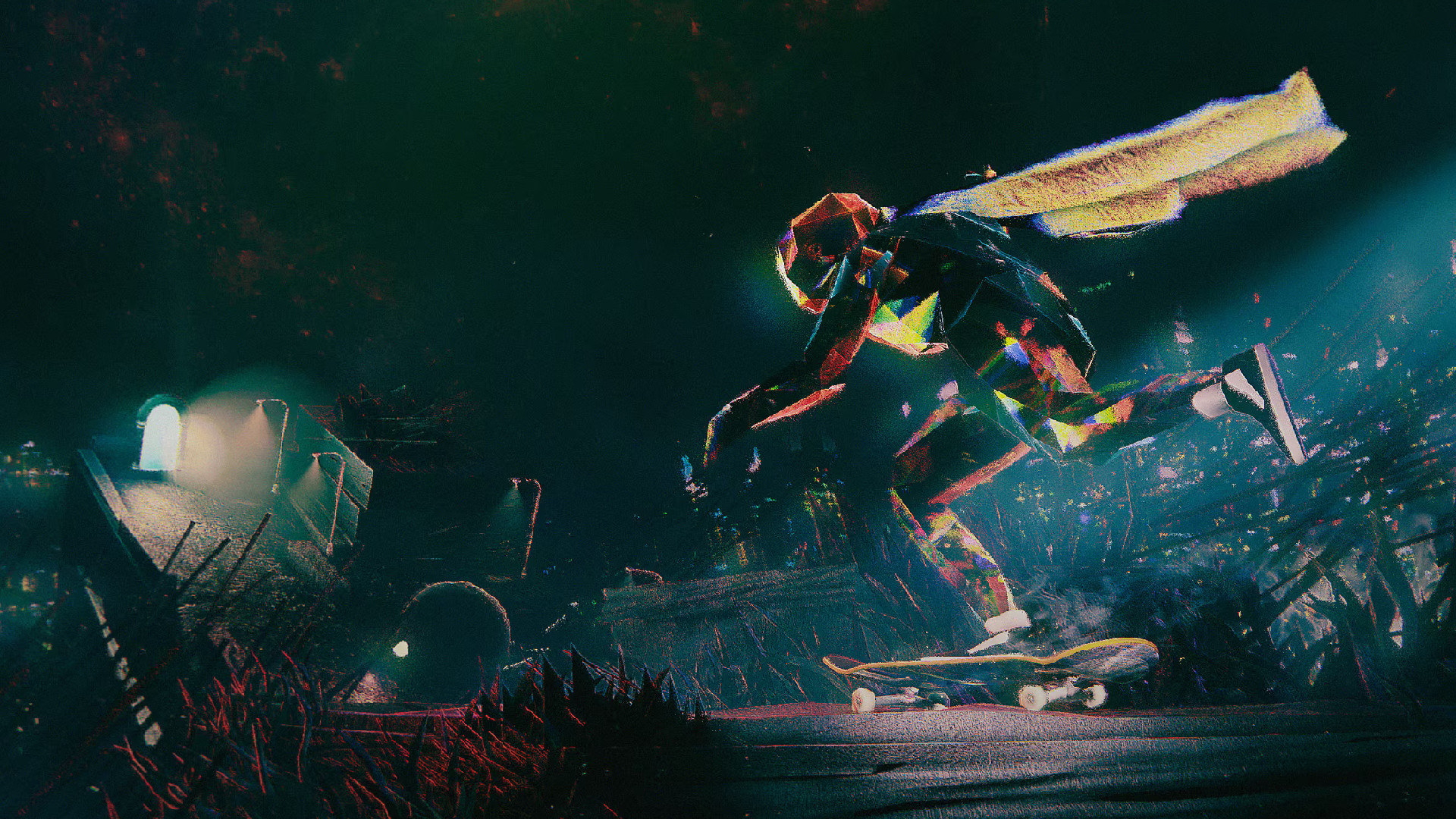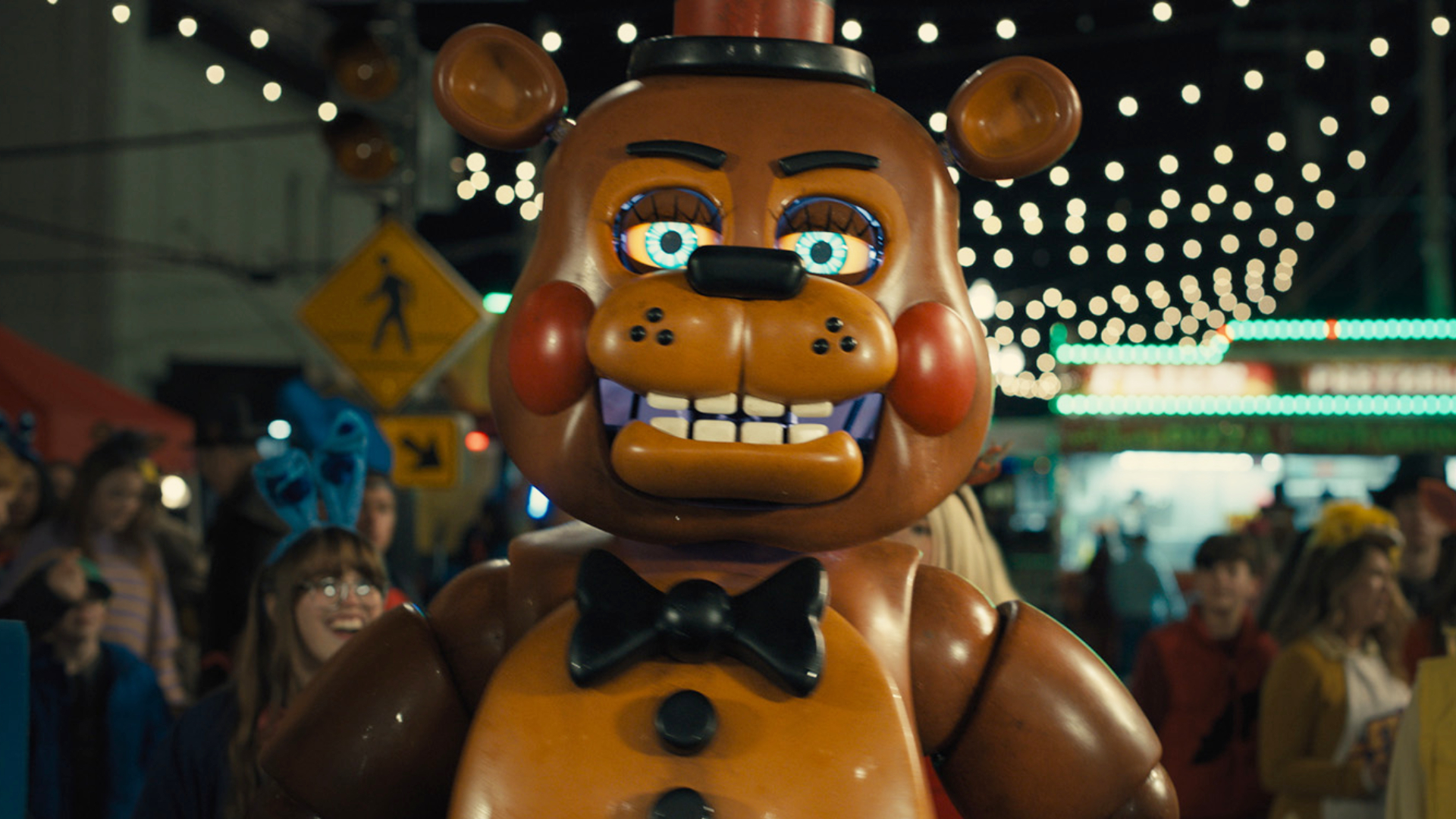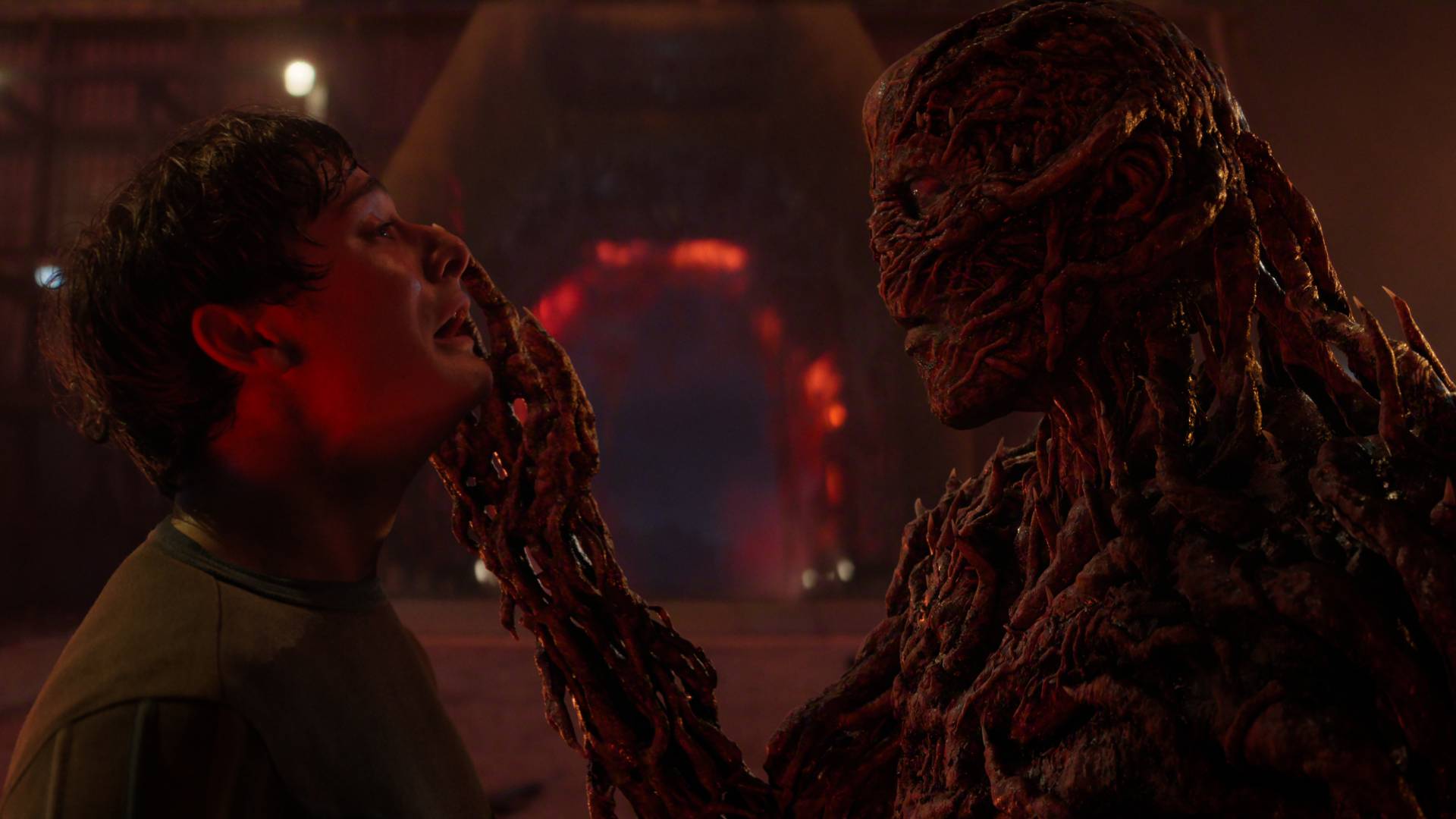The Outer World 2's Incognito ship is your home base, but it also takes inspiration from the Millennium Falcon in Star Wars and reflects how "the player chooses to play"
On the Radar | We explore the making of the Incognito ship in The Outer Worlds 2
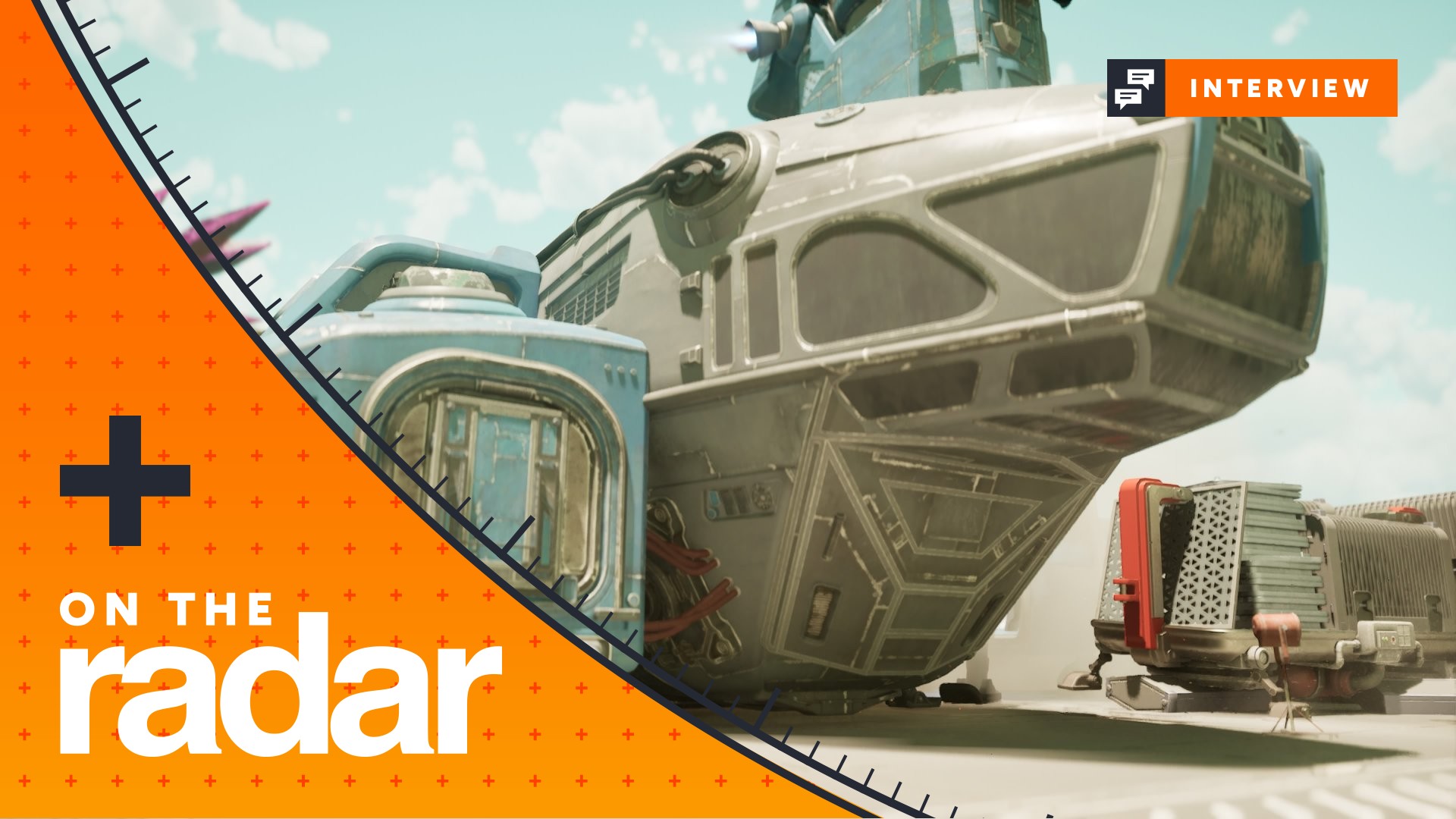
I always loved how the Unreliable ship in The Outer Worlds felt like a character just as much as any one of my companions. Of course, that was helped in no small part by the Autonomous Digital Astrogator – ADA for short. With a human-looking interface, ADA was an advanced AI that controlled the ship and meant that I could literally talk to the Unreliable. But chats aside, it also starts to feel like a real home, providing a space where you can take some downtime with your crewmates and (on the more functional side of things) navigate to different locations in the Halcyon Colony.
Fast forward to 2025, and The Outer Worlds 2 is once again letting us steer a ship, only it's a very different one this time around. Whereas the captain in the first game gains The Unreliable after an unfortunate event leads to the demise of the previous owner, The Incognito ship speaks to your new role as an Earth Directorate Agent. And rather than getting it as a fortuitous hand-me-down, Obsidian has made the Incognito feel far more personal. Once again becoming our home among the stars that serves as our base of operations, the Incognito becomes a vessel that tells your story, changing over time to reflect the choices you've made throughout the RPG.
"The first game's ship is inherited, I suppose is the term, right? But the agent ship is sort of yours, and I think that's a differentiator in terms of functionality," senior area designer Trevor Swafford tells me. "I think we push a little further in this game of it developing, changing over time visually, supporting the visual storytelling that way. You know whether it's actually inside the ship, or the vistas you see outside into space."
All the small things
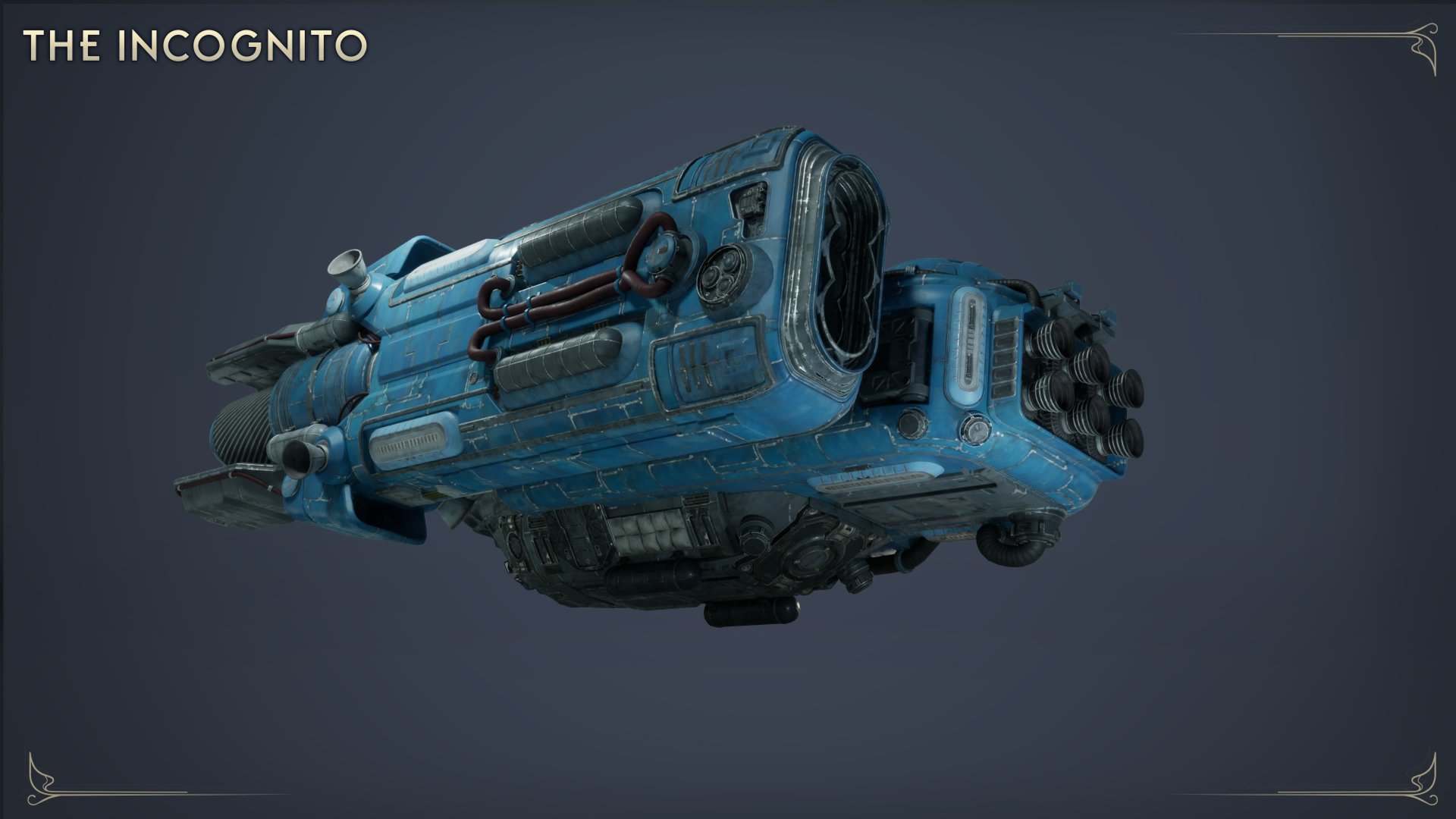
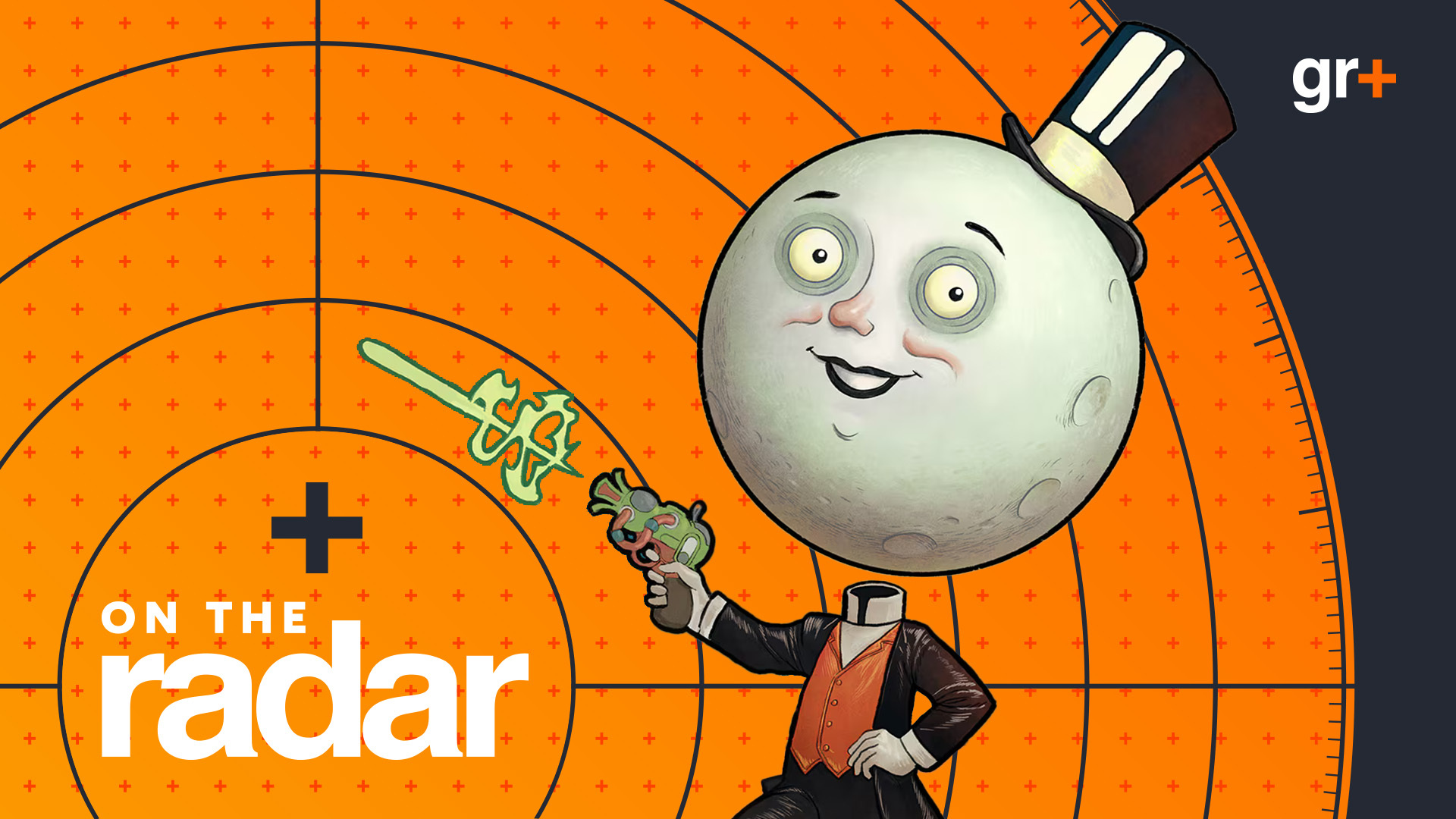
On the Radar with The Outer Worlds 2: Following our review, we go deeper into this RPG must-play – including exclusive access with Obsidian Entertainment.
Just as the laughter lines and grooves written on our faces speak to a life lived, the Incognito's many details and changes over time reflect our own adventures in the Arcadia colony. When you return to the ship after you've ventured out to a planet, or visited a location to progress through questlines, you'll start to notice subtle changes — such as new decals that speak to a particular objective you've completed, or areas that are now decorated with collectibles you've acquired.
From my own experience playing the RPG, it feels a little bit like the way you bring back souvenirs from a memorable trip or vacation — with the likes of a hanging decorative planet that illustrates a particular place I've been to, not unlike the way I'd buy a magnet as a memento of the countries I've visited. One of the first changes I noticed was a mantled creature I chose to fight for a questline, which at once feels personal since my actions are the reason it's there.
As art director Daniel Alpert explains, the ground work for the ship was laid out from day one of development, since the team knew they wanted to follow suit from the first game and bring in a ship as a home base. But as "reactivity is a major principle of Obsidian games", as Swafford adds, the ship felt "like a natural fit" when it came to living up to that reactivity principle.
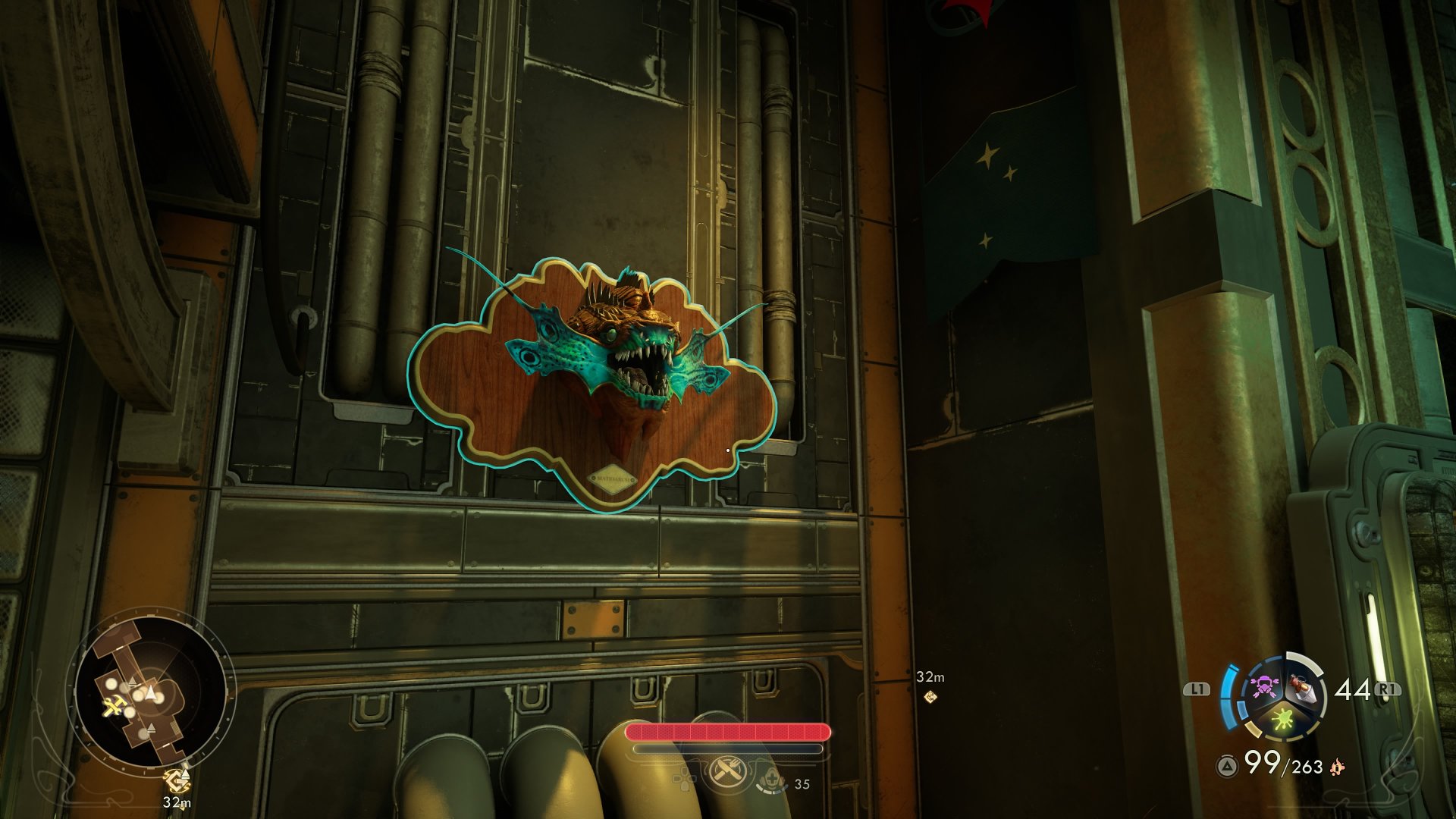
"The ship itself, we brought that out pretty early in development, but for the longest time it went untouched, in almost like a permanent blackout state," Alpert says. "Because as we're building the game, as we were discovering what it is, and what the narrative is going to be, and what the quests are going to be, that was the way we started also evolving the ship and what its purpose was going to be, and then how the companions would interact on it. So there's definitely a lot of reward [in seeing it come to life], because the ship itself becomes a culmination of the game and how the player chooses to play it."
Weekly digests, tales from the communities you love, and more
"There so many times where Trevor, along with the other designers, were saying, 'we need to add this to the ship, because we collected it in the quest'," Alpert adds. "And that gives us a challenge, like, 'how are we going to fit this in the ship? We have no more space.' But we found a lot of little nooks and crannies, and there were often times where we had to take the ship and relight it, because we knew there was going to be a possibility of something being added in a certain corner that wasn't there before."
The company you keep
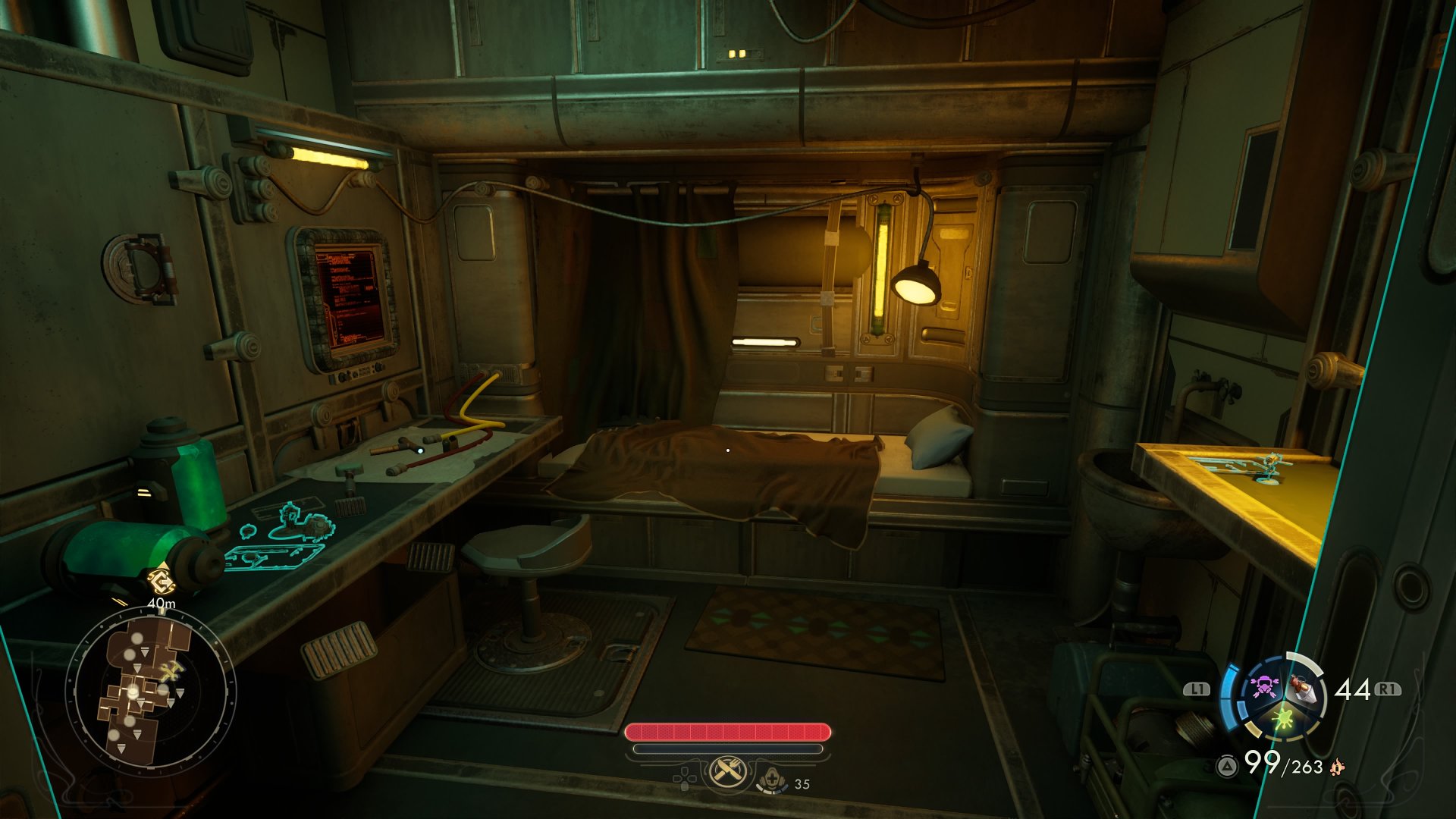
The ship itself is pretty compact in size, making for an intimate space that's packed full of character. And it feels so homely because of the many little touches that start to get added as you progress through the game. But it's also a home for your companions as much as it is for you, and as each crewmate joins you, they'll claim a cabin space of their own, not unlike the first game. It's at once apparent whose room is whose, thanks to the "context clues" as Alpert puts it, that decorates each of them. From sketches of rifts plastered on the walls of Aza's abode – speaking to her ties to a cultist faction – to little model kits that reflect Niles love of tinkering and his engineering affinity, there are so many touches that make these spaces distinctly theirs.
I also love how the rooms can tell us more about the companions, such as a small banzai-like tree in Tristian's room. Interact with it, and you'll learn that it's been meticulously cared for, while comics nearby speak to an interest he oftentimes tries to cover up as "research". Swafford says bringing these rooms to life was a "heavy collaboration" effort between the narrative designers and the area designers, and highlights that there are more examinable objects this time around, with Niles aforementioned model kits being also be a reflection of the some of the developers own interests "and applying that to The Outer Worlds universe".
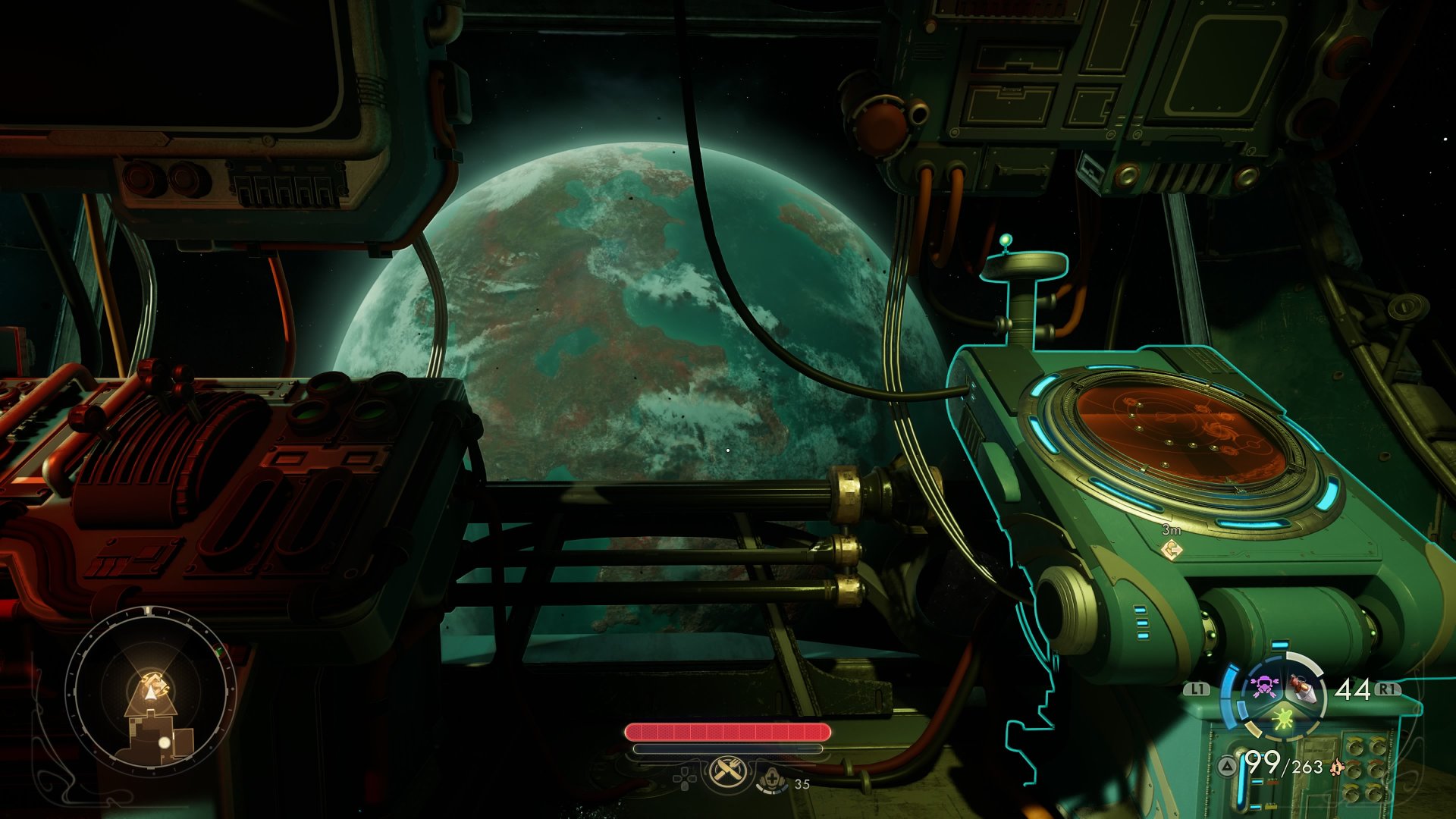
"My main cue was from the Millennium Falcon itself"
Daniel Alpert, art director
The number of companions who take residence on the ship alongside you was also partially what led Alpert to draw inspiration from one of the most iconic sci-fi ships out there: The Millennium Falcon.
"Right away we knew this ship had to fit a crew of X amount of people. It's going to have cargo space. It's going to have areas to work in and run about. So my main cue was from the Millennium Falcon itself," Alpert says. "You know, that is a big, beaten down ship, and that's like, 'Okay, if they can make it work with the Millennium Falcon, then we know what size requirements we're going to need. We know that it can hold a crew of this size. We know that it has these extra pockets to hold cargo and things to work on the engine. So yeah, that was probably the biggest inspiration."
The look of The Outer Worlds universe is distinct, with its own retro-futuristic style that, Alpert explains, is "built up from the early 20th century", drawing from decorative arts to World War One. With the idea being that even though there's computers and new technology, "everything still has to feel analog and heavy". With this in mind, inspiration also came from the pulp sci-fi like Buck Rogers, "where if it needs to go fast, you just strap on a bigger engine."
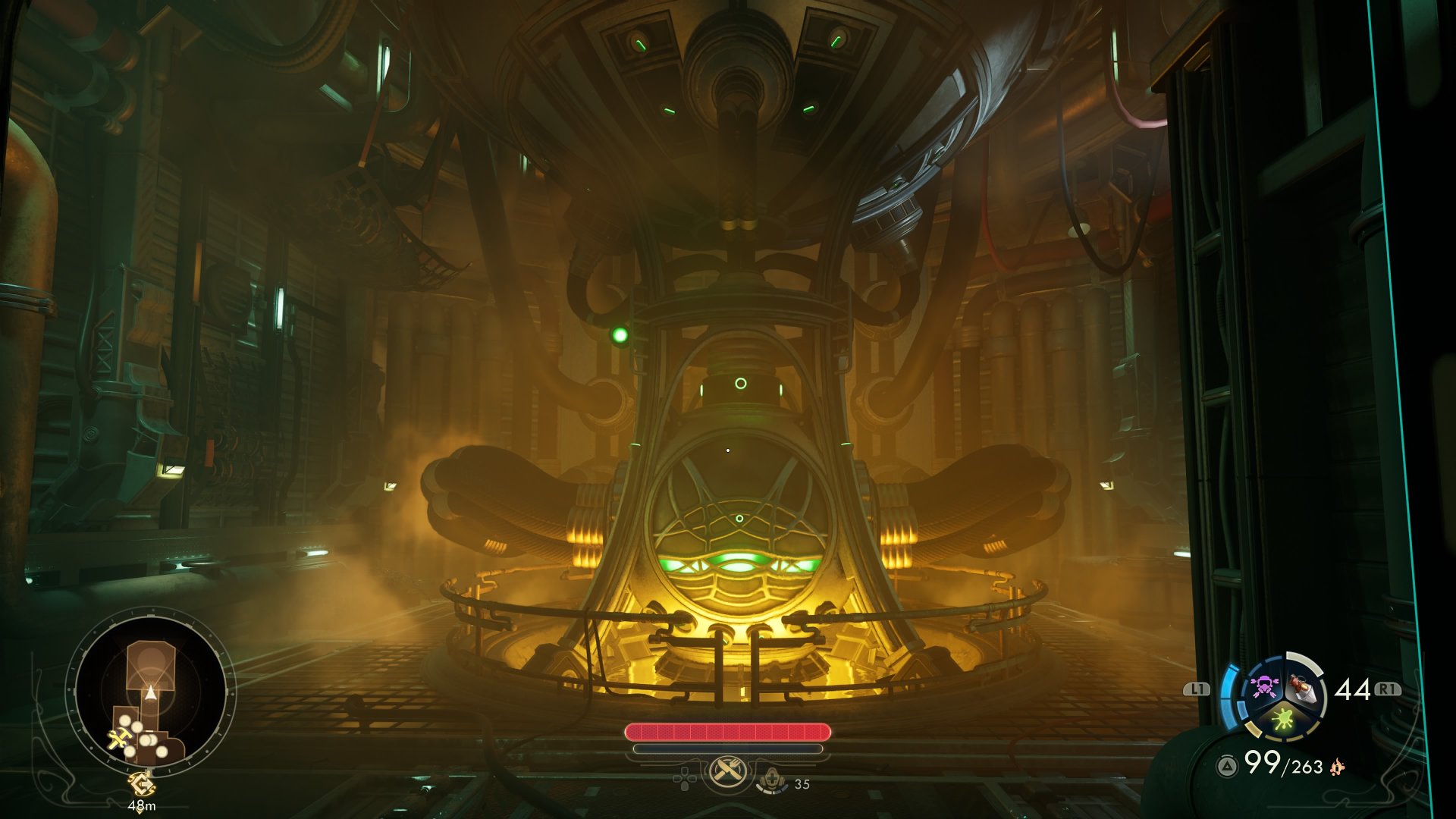
You can undoubtedly see those inspirations infused into both the interior and exterior of the Incognito. But as my companion Tristian once said to me in a conversation aboard ship, there is "something special about its lived-in style", with wear and tear and dints that immediately tell me it has a history – complete with alterations that also reflect the people who have taken refuge within it. Niles, for example, has made adjustments that are peppered throughout the ship's design.
Everything comes together to chart the course of our story and the characters who call Incognito home. From the way the interior changes as we shape our journey and make choices throughout questlines, to the vistas we see outside the cockpit as we set off to different planets throughout Arcadia, the team at Obsidian ultimately hopes you'll, in the words of Swafford, "enjoy the details".
"There is lots of stuff to find, whether you're talking to all of your companions after your quests, looking for the collectibles," Swafford says. "There are other things that are just on the ship to find, too. It's a great spot to sort of slow down and take your time and look around."
The Outer Worlds 2 review: "The Fallout New Vegas creators have crafted a masterful space age RPG that's willing to play game master to my silliest decisions"

I started out writing for the games section of a student-run website as an undergrad, and continued to write about games in my free time during retail and temp jobs for a number of years. Eventually, I earned an MA in magazine journalism at Cardiff University, and soon after got my first official role in the industry as a content editor for Stuff magazine. After writing about all things tech and games-related, I then did a brief stint as a freelancer before I landed my role as a staff writer here at GamesRadar+. Now I get to write features, previews, and reviews, and when I'm not doing that, you can usually find me lost in any one of the Dragon Age or Mass Effect games, tucking into another delightful indie, or drinking far too much tea for my own good.
You must confirm your public display name before commenting
Please logout and then login again, you will then be prompted to enter your display name.
